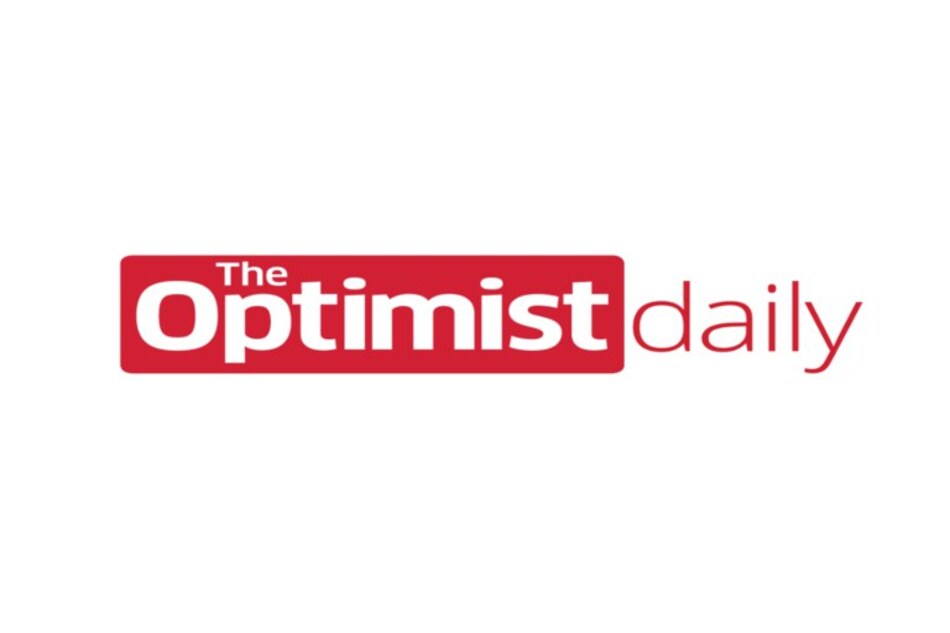Farmed salmon make up somewhere between 60 and 70 percent of all the salmon humans eat. Those salmon need to be fed, but it can be tricky for growers to understand when to feed them and how much food to provide. After all, salmon do not behave like dogs, who will simply saunter over to their supper bowl whenever they’re hungry.
For fish farmers, the key is to give salmon enough food to stay healthy and put on weight, but not so much that food is wasted or that the local environment is negatively impacted. To figure out when to feed salmon, the Marine Technology Centre (CTN) in Spain has created an automated system that uses passive acoustic sensors and artificial intelligence to listen to the sounds of farmed fish, which can provide indications about when the fish needed feeding.
As reported by NewAtlas, the sensors are placed in sea cages with the salmon, which pick up the sound of fish moving about, pre-processes it, and transmits the data wirelessly to a control unit located on a floating barge nearby. This unit uses machine learning to autonomously learn about the behavior of the salmon in order to decide when and how much to feed them.
Farmers typically rely on camera systems to monitor fish, but the problem is that they can be expensive and intrusive. The sensors, however, aren’t detected by the fish, allowing the system to better detect unusual behavior that predicts how much a fish is eating at a particular time. That way, the farmers can avoid releasing unnecessary food into the environment while keeping the fish well-fed.
CTN has successfully tested its automated system on sea bass farms in the Mediterranean and is now going to deploy full-scale tests at an aquaculture facility in Norway, which will help the company see how well its system can handle a harsher climate. If the acoustic system proves effective, it could make a massive impact on the sustainability of aquaculture.











